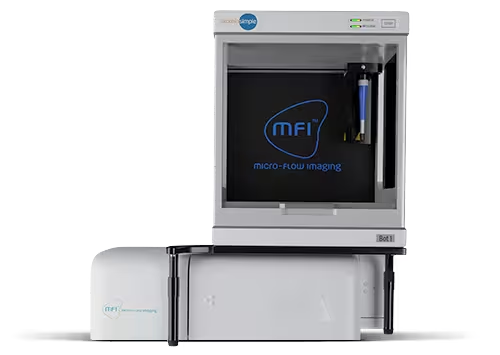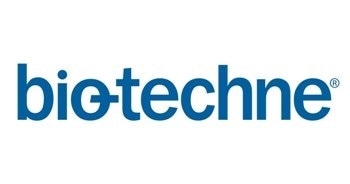Sponsored Content by Bio-TechneReviewed by Olivia FrostJan 8 2024
For a comprehensive picture of your product and the detection of protein aggregates within your sample, introduce particle morphology to your analysis with Micro-Flow Imaging (MFI®).
MFI is your particle analysis problem solver. With an image-based approach that enables measurable morphological characteristics to be determined from a particle image, MFI can provide further insight into the nature of your particles. Measuring small and possibly translucent protein aggregates using MFI provides early insight into a formulation’s safety and efficacy, in addition to the long-term stability of the product. This also reduces the risk of recall.
This article discusses the difference between MFI and light obstruction (LO).

Image Credit: Bio-Techne
MFI sees translucent particles LO misses
LO and other compendial methods have gaps in their analysis and do not provide comprehensive profiles. This creates additional risk during quality control or when filing New Drug Applications (NDAs). The combination of sensitivity and morphological information makes MFI an indispensable tool when attempting to fully characterize particles and protein aggregates in biopharmaceuticals.
It also provides more insight into sub-visible particle analysis compared to LO due to its capability of detecting highly translucent protein particles and distinguishing them from extrinsic and intrinsic contaminants. The sub-visible particle data offered by MFI is requested in FDA letters and immunogenicity guidelines.
Seeing Beyond Light Obscuration with Micro-Flow Imaging
Video Credit: Bio-Techne
How does MFI work?
MFI classifies proteins and non-protein particles using the direct imaging capabilities of digital microscopy and the precise control of microfluidics. This provides direct, image-based detection of count, size, and shape for sub-visible particles between 1-300 microns in solution. The above video explains how MFI offers accurate quantitation of translucent protein particles and a clear understanding of protein formulations.
About Bio-Techne
Bio-Techne Corporation is a leading developer and manufacturer of high-quality purified proteins - notably cytokines and growth factors, antibodies, immunoassays, as well as biologically active small molecule compounds - which are sold to biomedical researchers and clinical research laboratories; these operations constitute the core Biotech Division, headquartered in Minneapolis, Minnesota.
The Protein Platform Division manufactures innovative protein analysis tools under the ProteinSimple brand name that greatly automate western blotting and immunoassay practices. The Diagnostics Division manufactures FDA-regulated controls, calibrators, blood gas, and clinical chemistry controls for OEM customer and clinical customers. Bio-Techne products assist scientific investigations into biological processes and the nature and progress of specific diseases. They aid in drug discovery efforts and provide the means for accurate clinical tests and diagnoses.
With thousands of products in its portfolio, Bio-Techne generated approximately $563 million in net sales in fiscal 2017 and has approximately 1,800 employees worldwide.
Sponsored Content Policy: News-Medical.net publishes articles and related content that may be derived from sources where we have existing commercial relationships, provided such content adds value to the core editorial ethos of News-Medical.Net which is to educate and inform site visitors interested in medical research, science, medical devices and treatments.